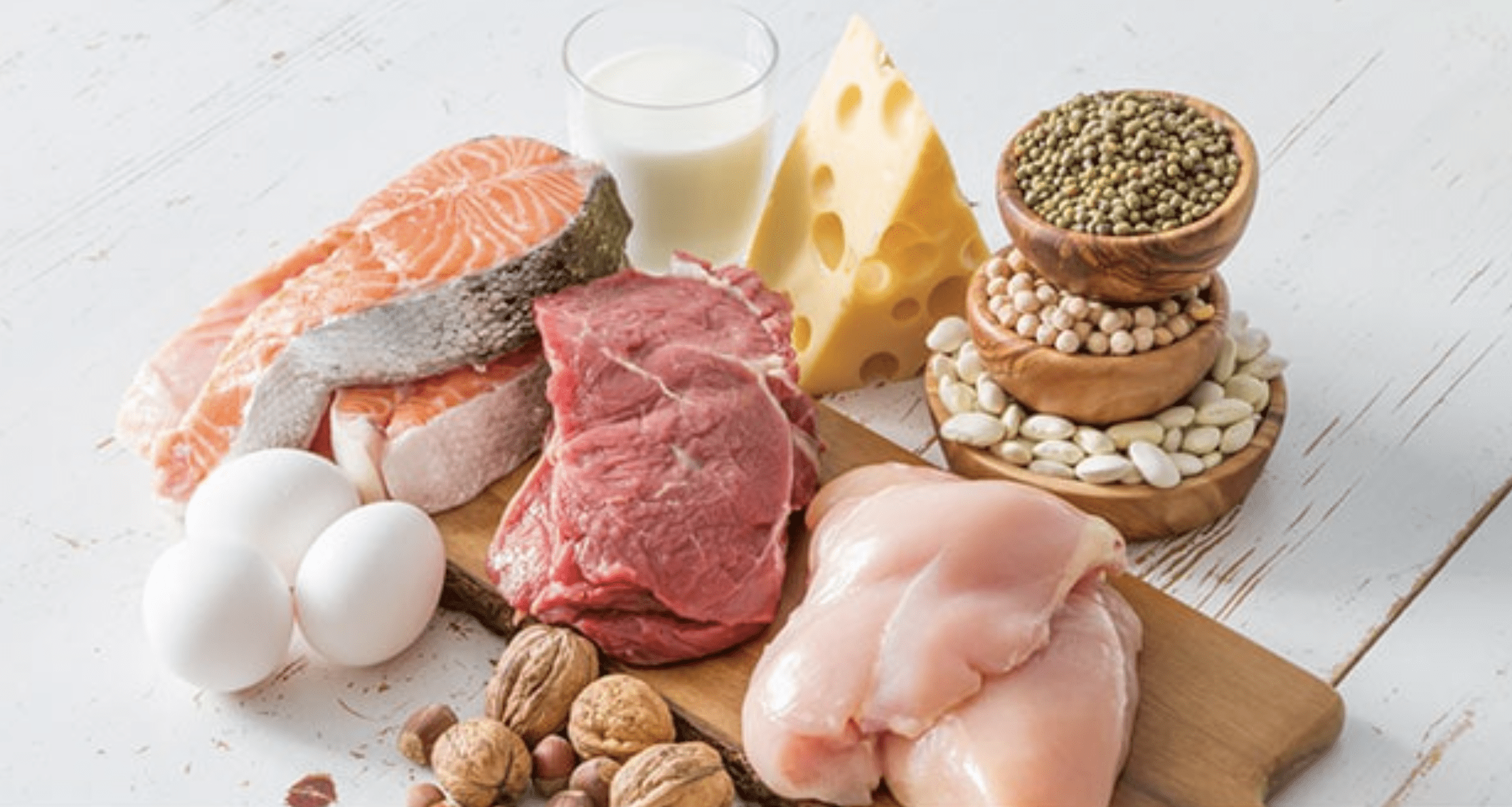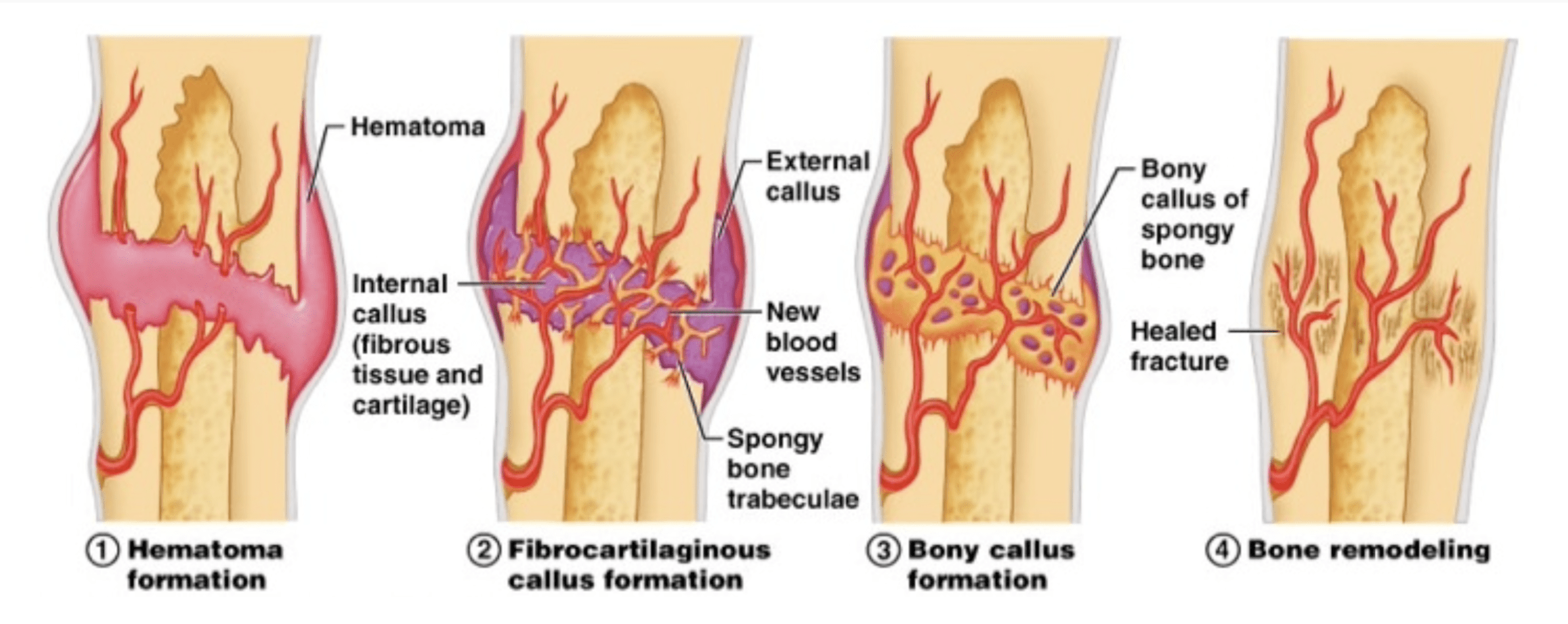
Day and DeHeer (2001) considered the role of adequate protein ingestion, and lack thereof, when treating older individuals recovering from bone fractures. Using rat models, the authors explored how poor protein ingestion before fractures affected bone healing; studies prior to the aforementioned experiment considered low protein intake after injury. Day and DeHeer (2001) submitted that the latter experiment may not fully represent real life nutritional tendencies of people; those suffering from fractures most likely maintained poor daily nutrition leading up to a bone fracture, as well as afterwards (Day & DeHeer, 2001). Additionally, short-term protein malnourishment may not fully replicate the typical bone wasting and slowed recovery rates found in patients suffering from fractures, and long-term protein malnourishment.
Day and DeHeer (2001) constructed an experiment whereby 46 adult, sexually mature female Sprague-Dawley rats at 6 months of age were divided into two groups. Group 1 (well-nourished) animals were fed a 20 percent protein diet before and after femur fracture. Group 2 (malnourished) rats were maintained on a 6 percent protein diet for six weeks before femur fracture and throughout the post-fracture period. Group 3 (re-nourished) rats were fed a 6 percent protein diet for six weeks before fracture but were maintained on a 20 percent protein diet throughout the post-fracture period (Day & DeHeer, 2001).

Results indicated that the callus (i.e., the site of repair along a bone fracture) from malnourished animals, as compared with that from well nourished controls, was composed primarily of undifferentiated tissue and contained reduced amounts of periosteal and external callus (Day & DeHeer, 2001). The aforementioned qualities of the callus indicated reduced osteoblast and chondroblast activities; such reduced activity indicated reduced capabilities for both membranous and endochondral bone formation. Day and DeHeer (2001) submitted that chronic protein malnutrition was likely to hinder the early proliferation and differentiation of the cells required for fracture repair.
The researchers made a compelling argument for the inclusion of adequate protein consumption, especially after a fracture; the research indicated that it was possible to reverse the negative effects of protein malnutrition if the rats were introduced to higher protein, even if protein consumption was poor before the fracture. Such information builds a case that it is “not too late” for clientele who have been leading an unhealthy lifestyle; it is possible that new behaviors (i.e., increased protein consumption) can aid in fracture healing, and compliment other interventions (i.e., physical therapy), expediting both the rate and quality of recovery.
References
Day, S. M., & DeHeer, D. H. (2001). Reversal of the detrimental effects of chronic protein malnutrition on long bone fracture healing. Journal of Orthopaedic Trauma, 15(1), 47-53.
-Michael McIsaac
